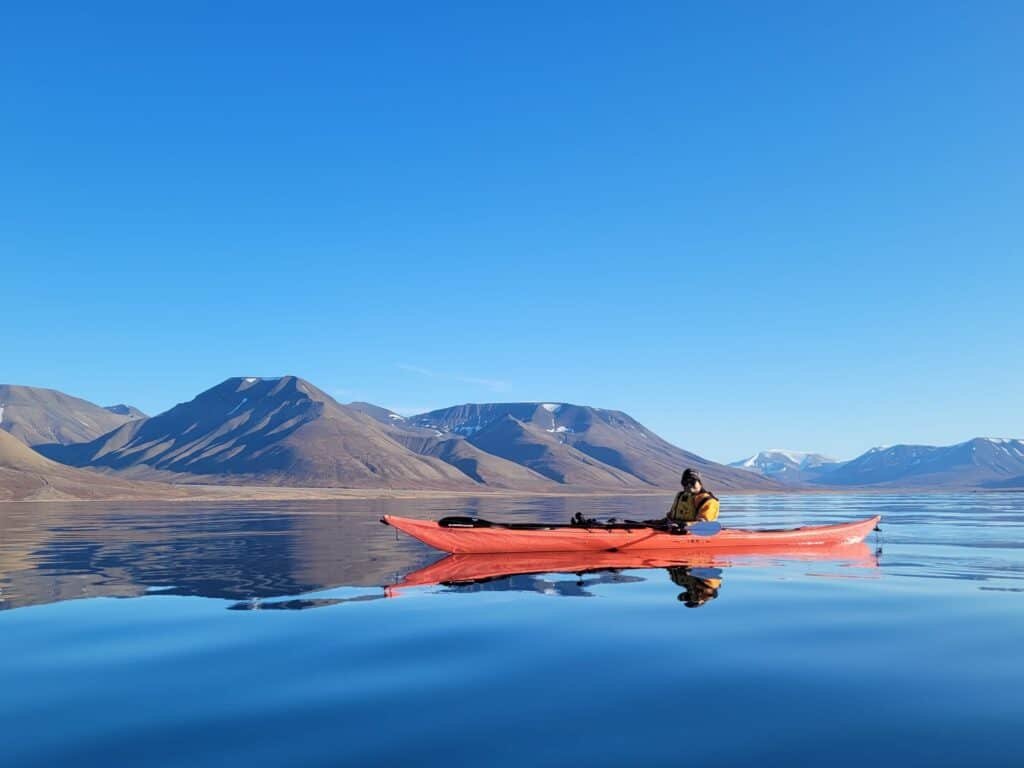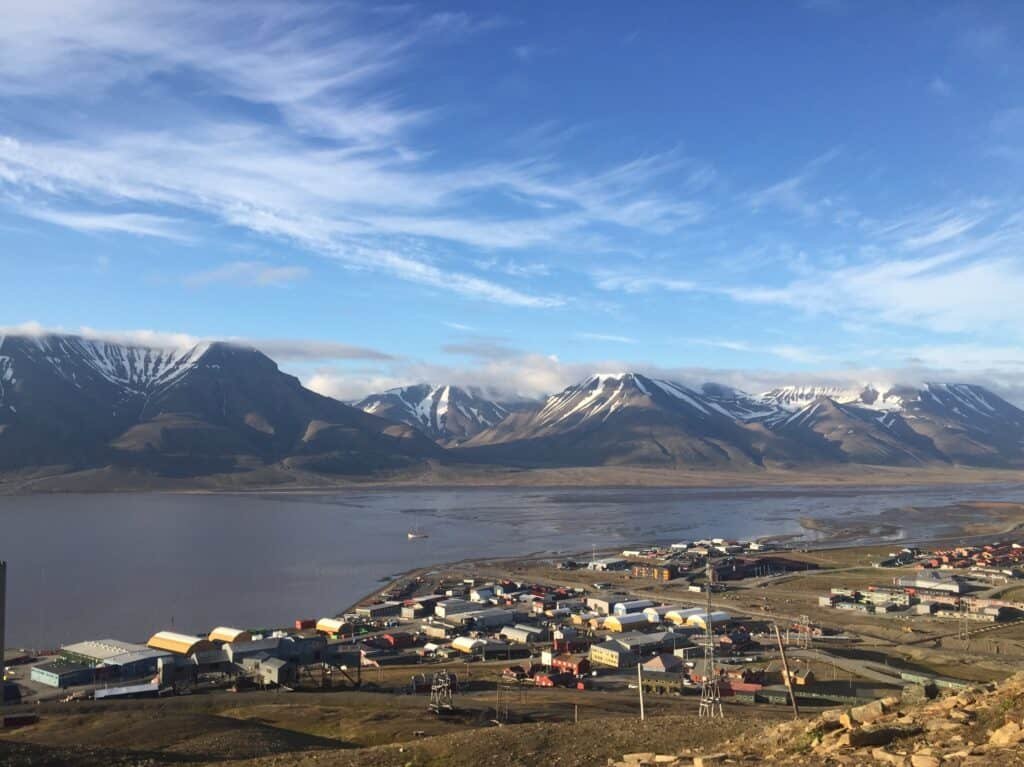Arctic Adventure Essentials: What To Prepare
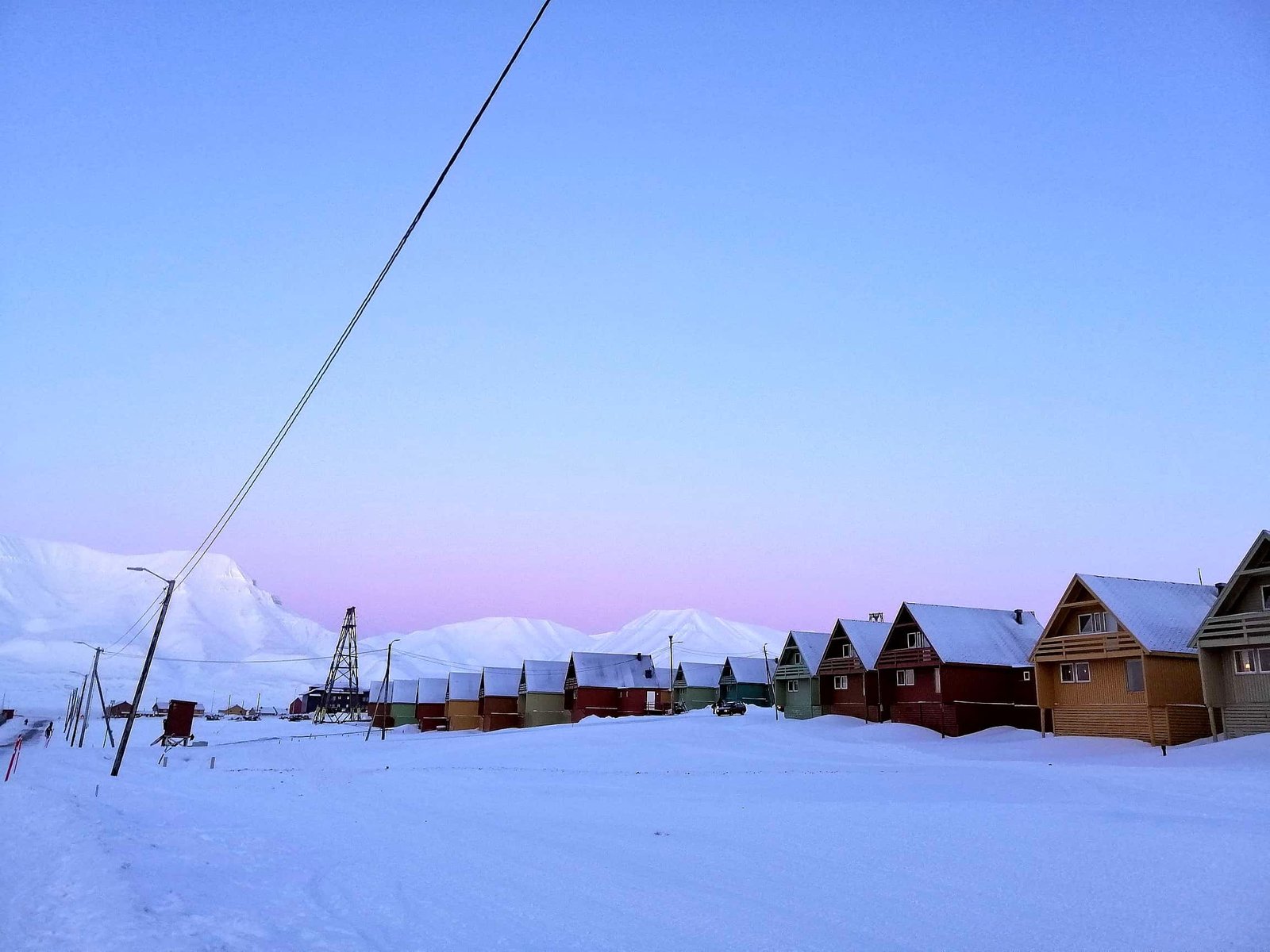
Before setting off for an icy journey, it is important to properly plan and equip yourself in order to handle the intense weather. In this comprehensive guide, we’ll explore the Arctic adventure essentials and tips that will make your Arctic expedition not only safe but also enjoyable. We’ve compiled a list of must-have items and expert advice tailored specifically for those seeking the thrill of arctic adventures.
We’ll delve into the importance of layering, discussing suitable materials for base layers, insulating mid-layers, and waterproof outer layers to keep you warm in harsh environments. Footwear is another critical aspect; we’ll cover ideal options such as rubber boots with thick socks and eco-friendly hand warmers.
Additionally, our guide includes practical accessories like extra gloves, sunglasses straps, energy bars, or trail mix recommendations to help you stay comfortable during your journey. For photography enthusiasts or those who need electronics in remote areas, we offer valuable insights on camera gear preparation along with rugged tablet suggestions.
Finally, if Zodiac rides or land excursions are part of your Arctic Adventure Essentials itinerary – worry not! We have prepared a detailed packing list covering life vests, waterproof pants, and day bags as well as first aid kit essentials. And lastly – learn from an adventurer’s perspective about traveling to Longyearbyen while considering sustainable practices like renting upcycled gear and exploring local attractions.
Few Tips for a Smooth Journey
Before venturing to the Arctic, it is important to adequately prepare with the proper documentation and itinerary. If it is your first time visiting, you should check out our article about Svalbard Travel Guide for First-time Visitors. Here are some travel tips to help you make the most of your journey to Longyearbyen, Earth’s northernmost town.
Prepare Your Documents: Ensure you have all necessary travel documents, including a valid passport and any required visas. Check with your country’s embassy or consulate for specific entry requirements and regulations for visiting Svalbard. While a visa is not required for a visit or stay in Svalbard, reaching this remote archipelago can be a challenge. The only options for access are by plane or boat, and both modes may require a Norwegian visa depending on your nationality.
Pack Appropriately: Make sure that you pack appropriately for a chilly Arctic environment with the right clothing, footwear, and other essential items such as a sleeping bag, headlamp, and camera. Check weather reports before departing to get an idea of what to expect during your trip. Additionally, bring along some snacks (dried fruits, nuts, or energy bars) and water to keep you going during the journey.
Obtain Travel Insurance: Before embarking on your journey, secure comprehensive travel insurance that covers activities in the Arctic region. Confirm that it includes emergency medical coverage, trip cancellation/interruption, and coverage for outdoor activities such as dog sledding or snowmobiling.
Create a Detailed Itinerary: Plan your trip by creating a detailed itinerary. Research and choose activities and attractions you want to experience in Longyearbyen and nearby areas. Consider the duration of your stay, transportation options, and any seasonal considerations for optimal enjoyment.
Activities and Places to Visit in Longyearbyen
- Hiking: Experience the breathtaking beauty of the Arctic landscape by going on guided hikes or trekking expeditions. Be sure to wear appropriate gear like snow pants for added warmth while staying active outdoors.
- Polar Plunge: Dare yourself by taking part in this exhilarating activity where participants jump into icy waters wearing only swimsuits. A highly recommended way of creating unforgettable memories during your polar expedition.
- Boat trips: Take a boat tour of the area and discover Svalbard’s unique wildlife. See whales, reindeer, seals, polar bears, and other Arctic animals in their natural habitat while learning about local culture and history as well.
- Zodiac Rides: Explore fjords and glaciers up close through zodiac cruising – just don’t forget waterproof jackets.
- Northern Lights Viewing: Witness one of nature’s most spectacular displays under midnight sun skies when visiting between September-February months; don’t forget to pack extra items like camera batteries since cold temperatures may drain them faster than usual.
- Visiting the Global Seed Vault: Learn about this fascinating facility that stores seeds from around the world to safeguard against future disasters. A must-visit for those interested in global conservation efforts.
- Ice Climbing: An adventure-filled activity that requires special equipment like crampons and helmets; also be sure to pack warm clothing layers for when you reach higher altitudes.
- Dog Sledding: Take a ride with huskies through the snow-covered landscape – just don’t forget your camera so you can capture the moment!
- Ice caves: Explore the icy tunnels that form on glaciers – you’ll need a guide and special equipment for this unforgettable experience.
- Skiing: When it comes to skiing in Svalbard, the majestic Arctic landscapes offer a truly unique experience. However, the region’s rugged terrain and snow conditions require proper safety measures. It is essential to carry essential equipment, such as an avalanche probe, to ensure preparedness for any potential risks. Svalbard’s untouched slopes and remote backcountry provide thrilling opportunities for skiing enthusiasts, but understanding avalanche safety and having the necessary tools like an avalanche probe is paramount for a safe and enjoyable skiing adventure in this breathtaking Arctic destination.
- North Polar Expedition Museum:The North Polar Expedition Museum in Svalbard offers a captivating glimpse into the history of Arctic expeditions. Explore interactive exhibits displaying artifacts, photos, and captivating stories of legendary explorers in the region.
In addition to these activities, make sure you have seasickness medication on hand if needed and stay warm by layering up with appropriate clothing. By following these tips, your Arctic adventure will be an unforgettable experience.
Layering for Your Arctic Adventure
Don’t let the extreme weather conditions of the Arctic Circle ruin your polar expedition. Follow these layering tips to stay warm, dry, and comfortable during your arctic adventures.
Thermal Tops and Pants Sets: Your Best Friends
When it comes to layering for arctic conditions, thermal tops and pants sets are your best friends. These moisture-wicking garments trap heat close to your body, providing insulation against the cold. Opt for merino wool or synthetic fabrics that dry quickly after getting wet from sweat or snow.
Eco-Friendly Hand Warmers: A Must-Have
For extra warmth during zodiac rides or a polar plunge, use eco-friendly hand warmers inside your boots and gloves. These reusable items provide instant heat without harming the environment. Don’t forget to pack multiple pairs and vary thickness levels depending on expected temperature ranges.
- Pack Multiple Pairs: Bring at least two pairs of thermal tops and pants sets so you can change into fresh clothes if needed.
- Vary Thickness: Choose different thickness levels depending on expected temperature ranges; this way, you can add or remove layers as necessary.
- Maintain Flexibility: Ensure that each layer allows freedom of movement so you don’t feel restricted during activities such as hiking under the midnight sun or participating in zodiac cruising adventures.
Don’t forget to pack seasickness medication, waterproof jackets, and snow pants. These items are highly recommended for your Arctic expedition. With these layering tips and extra items, you’ll be well-prepared to face the challenges of the Arctic without compromising your comfort or mobility.
Footwear Essentials
Choosing the right footwear is crucial for any Arctic expedition. Rubber boots that go at least mid-calf are necessary to keep your feet dry when stepping into icy water at shorelines. In addition, these boots should have a good grip for walking on slippery surfaces and be insulated for warmth in extreme weather conditions.
Three Types of Shoes for Different Purposes
- Rubber Boots: As mentioned earlier, rubber boots are essential for wet landings during zodiac rides and for keeping your feet warm and dry in Arctic conditions.
- Hiking Boots: A sturdy pair of hiking boots will provide ankle support and traction while exploring the Arctic terrain. Opt for waterproof materials like Gore-Tex to ensure your feet stay dry during long hikes or snowshoeing adventures.
- Casual Shoes: Comfortable sneakers or slip-on shoes can be worn onboard the ship during downtime. These should be easy to take off as you transition between indoor and outdoor spaces throughout your journey.
Renting Options if Standard-Issue Footwear Isn’t Available
If you don’t own suitable footwear or prefer not to invest in new gear, many polar expedition companies offer rental options. For example, Quark Expeditions provides a range of high-quality gear rentals including Bogs Classic High-Insulated Waterproof Boots, which are highly recommended by seasoned travelers who have braved the Arctic Circle before. This option allows you to save space in your luggage while ensuring you have the appropriate footwear for your Arctic adventure.
Don’t forget to pack extra items like snow pants, a waterproof jacket, seasickness medication, and staying warm is key in Arctic conditions. Zodiac cruising and polar plunges are also highly recommended for an unforgettable Arctic adventure. And remember, the midnight sun is a sight to behold in the Arctic Circle.
Arctic adventurers need to choose the right footwear for their trip, including rubber boots that go at least mid-calf and have good grip and insulation. Three types of shoes are recommended: rubber boots for wet landings, hiking boots with ankle support and waterproof materials like Gore-Tex, and comfortable casual shoes. Renting options are available if you don’t own suitable footwear or prefer not to invest in new gear.
Packing Extra Gear
Before heading out on an Arctic journey, it is essential to bring additional items in order to be ready for any eventuality. One crucial piece of gear is a pair of extra gloves, as even waterproof ones can get wet during Zodiac rides. To keep your hands warm and dry, consider using eco-friendly hand warmers inside your gloves.
Energy Bars or Trail Mix as Tide-Over Snacks
In the extreme weather conditions of the Arctic Circle, staying energized is vital. Pack some energy bars or trail mix in a waterproof day bag to have quick access when you need a tide-over snack between meals. These high-calorie snacks will help maintain your energy levels throughout your arctic expedition.
Waterproof Day Bag Essentials
- Sunglasses straps: Attach these handy accessories to prevent losing sunglasses during activities like zodiac cruising or polar plunges.
- Battery packs: Cold temperatures can cause camera batteries to lose power faster than usual; make sure you have extras charged and ready so that you don’t miss capturing those once-in-a-lifetime moments.
- Dry bags: Protect electronic devices such as smartphones from moisture by storing them in watertight pouches while exploring the outdoors.
- Multitool: A compact multitool with pliers, knife blades, screwdrivers, and more is highly recommended for minor repairs on the go during arctic adventures.
If standard-issue footwear isn’t available at your destination or doesn’t fit well enough for long treks through snow pants and ice, consider renting options for the right shoes. Don’t forget to pack seasickness medication if you’re prone to motion sickness during your polar expedition or Northwest Passage journey.
By packing these extra items and following our recommendations, you’ll be well-prepared for an unforgettable Arctic adventure. And remember, staying warm is key, so don’t forget your waterproof jacket and snow pants.
Clothing Considerations
When planning your clothing strategy for an Arctic expedition, prioritize comfort and functionality. Save money by renting necessary items or purchasing upcycled gear at lower prices. Expedition polar cruises tend to be casual, so leave formal jackets behind. Many luxury cruise companies provide 3-in-1 parkas as part of the ticket price.
Technical Gear for Extreme Weather Camping Adventures
Invest in technical gear designed for extreme weather conditions. A waterproof jacket with breathable fabric technology will keep you dry during Zodiac rides while allowing moisture from sweat to escape.
Windproof Outer Pants Essential for Zodiac Rides
Zodiac cruising is thrilling but exposes you to harsh winds and cold temperatures. Don’t forget windproof outer pants like Patagonia Torrentshell 3L Rain Pants, designed specifically for this purpose.
- Eco-friendly hand warmers: These reusable devices can be placed inside boots and gloves for extra warmth without adding bulkiness.
- Sunglasses straps: Prevent sunglasses from falling off during activities like snowshoeing or zodiac rides.
- Energy bars and trail mix: Bring tide-over snacks to keep your energy levels up throughout the day. They’re easy to pack and can be consumed on the go.
When setting off on an Arctic excursion, think not only about the garments you’ll require but also about how they will perform in extreme temperatures. Renting gear or purchasing upcycled items can help save money while still providing the necessary protection from harsh Arctic elements. Don’t forget seasickness medication and stay warm during the polar plunge. And remember, the midnight sun is a sight to behold in the Arctic Circle.
Specialized Gear for Arctic Adventures
When embarking on an Arctic adventure, it’s essential to invest in specialized gear designed specifically for navigating the harsh conditions of the Arctic. This equipment will not only make your expedition more enjoyable but also ensure your safety and comfort during extreme weather situations.
Rugged Tablet with Bright Luminance Display for Limited Visibility Situations
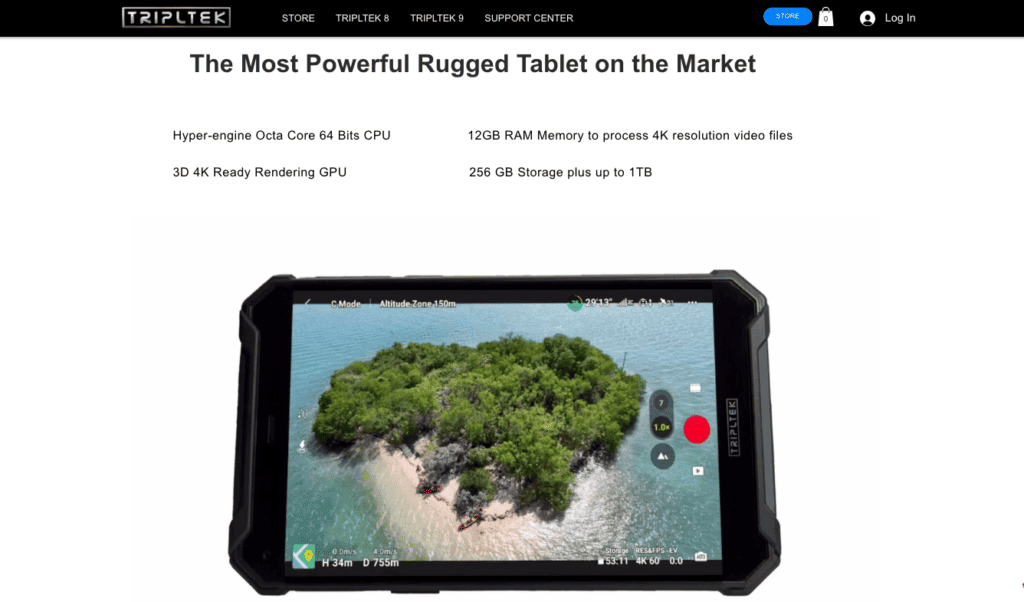
In Arctic conditions, visibility can be limited due to snow, fog, or darkness. A rugged tablet with a bright luminance display is perfect for these scenarios as it allows you to access maps, communicate with team members, and document your journey without worrying about device damage from cold temperatures or moisture.
Tents with Color-Coded Canopy and Glow-in-the-Dark Zippers
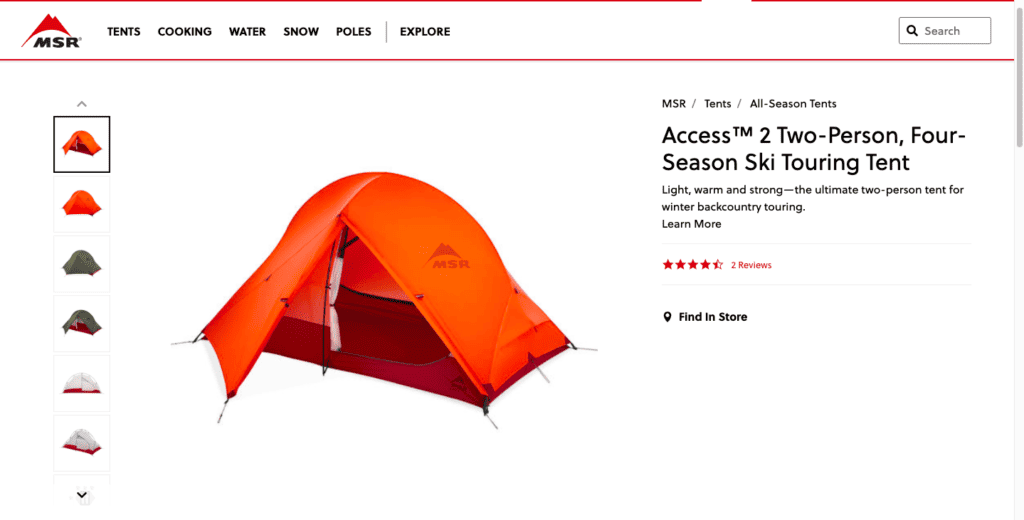
During polar expeditions like those in the Northwest Passage, setting up camp quickly is crucial when faced with unpredictable weather changes. Tents featuring color-coded canopies and glow-in-the-dark zippers are highly recommended as they simplify assembly while providing added convenience during nighttime hours. Look into tents such as the MSR Access series that cater specifically to winter camping needs.
Outdoor Research DryComp Ridge Sack

A watertight backpack that keeps your gear dry even in wet conditions, such as Zodiac rides or polar plunges.
Don’t forget to pack extra items like snow pants, waterproof jackets, seasickness medication, and other gear that will help you stay warm and comfortable during your Arctic adventure. Incorporating these specialized items into your Arctic adventure packing list will ensure you’re well-prepared for whatever challenges the Arctic conditions throw at you.
Specialized gear for Arctic adventures includes a rugged tablet with a bright luminance display, tents with color-coded canopies and glow-in-the-dark zippers, Honda’s all-terrain vehicle modified by the British Antarctic Survey Team, and an Outdoor Research DryComp Ridge Sack. It is important to pack extra items like snow pants, waterproof jackets, seasickness medication, and other gear that will help you stay warm and comfortable during your Arctic adventure.
Lightweight Jackets Engineered for Runners
Stay warm without compromising mobility during your Arctic expedition by investing in lightweight jackets engineered explicitly with runners’ needs in mind. These jackets provide warmth and dryness even when temperatures plummet down to -40°C. Achieving a blend of coziness, insulation, and mobility is key for experiencing your Arctic journey while remaining safe from harsh weather conditions.
Importance of Maintaining Comfort Factors Throughout Your Adventure
Maintaining a comfortable body temperature is crucial during a polar expedition. Lightweight running jackets are designed to keep you warm without adding unnecessary bulk or restricting movement. They often feature moisture-wicking materials that help regulate body heat and prevent sweat buildup. This ensures that you stay dry and comfortable as you explore the wonders of the Arctic Circle.
Balancing Warmth, Dryness, and Mobility
- Warmth: Look for jackets with synthetic insulation or down fillings that offer excellent thermal properties while remaining lightweight.
- Dryness: Opt for water-resistant or waterproof fabrics like Gore-Tex to protect against snowfall, sleet, or zodiac cruising splashes.
- Mobility: Seek out designs with stretch panels or articulated sleeves to allow freedom of movement during hikes or other physical activities on your Arctic adventure.
In addition to these essential features, consider choosing a jacket with additional benefits such as adjustable hoods for added protection against wind chill; zippered pockets for storing small items like seasickness medication; and reflective elements for increased visibility during the midnight sun or low-light conditions. Don’t forget to pack extra layers, such as thermal tops and pants sets, to ensure you’re prepared for any Arctic conditions. Arctic expeditions can be unpredictable, so it’s highly recommended to pack extra items to stay warm and comfortable.
FAQs in Relation to Arctic Adventure Essentials
What to Pack for an Arctic Adventure?
Don’t forget to pack thermal clothing, waterproof and windproof outer layers, insulated footwear, gloves, hats, and sunglasses or goggles for your Arctic expedition. Also, include eco-friendly hand warmers, technical camping equipment, and a rugged tablet for safety purposes.
Interesting Facts About the Arctic
- The North Pole is located in the Arctic.
- The polar night phenomenon causes much of the region to remain in darkness during winter months.
- During summer months, the midnight sun provides continuous daylight.
- Arctic wildlife includes polar bears, walruses, and narwhals.
How Do Arctic Explorers Go to the Toilet?
Arctic explorers use portable toilets called “wag bags” that contain absorbent materials designed to solidify human waste while neutralizing odors, ensuring minimal environmental impact within the fragile ecosystems of these remote regions.
What to Bring on a Polar Expedition?
When going on a polar expedition, it’s highly recommended to pack snow pants, a waterproof jacket, and insulated boots to stay warm in extreme weather conditions. Also, don’t forget seasickness medication for zodiac cruising and polar plunges, and recommend packing energy bars or trail mix snacks for extra sustenance during long days exploring the Arctic.
Conclusion
When preparing for an Arctic adventure, it’s important to consider clothing layers, footwear choices, accessories for warmth and dryness, camera gear and electronics preparation, as well as packing essentials for zodiac and land excursions.
For a unique perspective, consider renting or buying upcycled gear and exploring local attractions in Longyearbyen.
Proper footwear choices are crucial, so don’t forget to pack waterproof and insulated boots.
When it comes to camera gear, make sure to bring extra batteries and memory cards to capture all the stunning scenery. For a sustainable option, consider using a solar-powered charger.
Don’t forget to pack hand and foot warmers, as well as a waterproof and windproof jacket to stay warm and dry during excursions.
Overall, following these tips will help ensure an unforgettable Arctic adventure experience.

